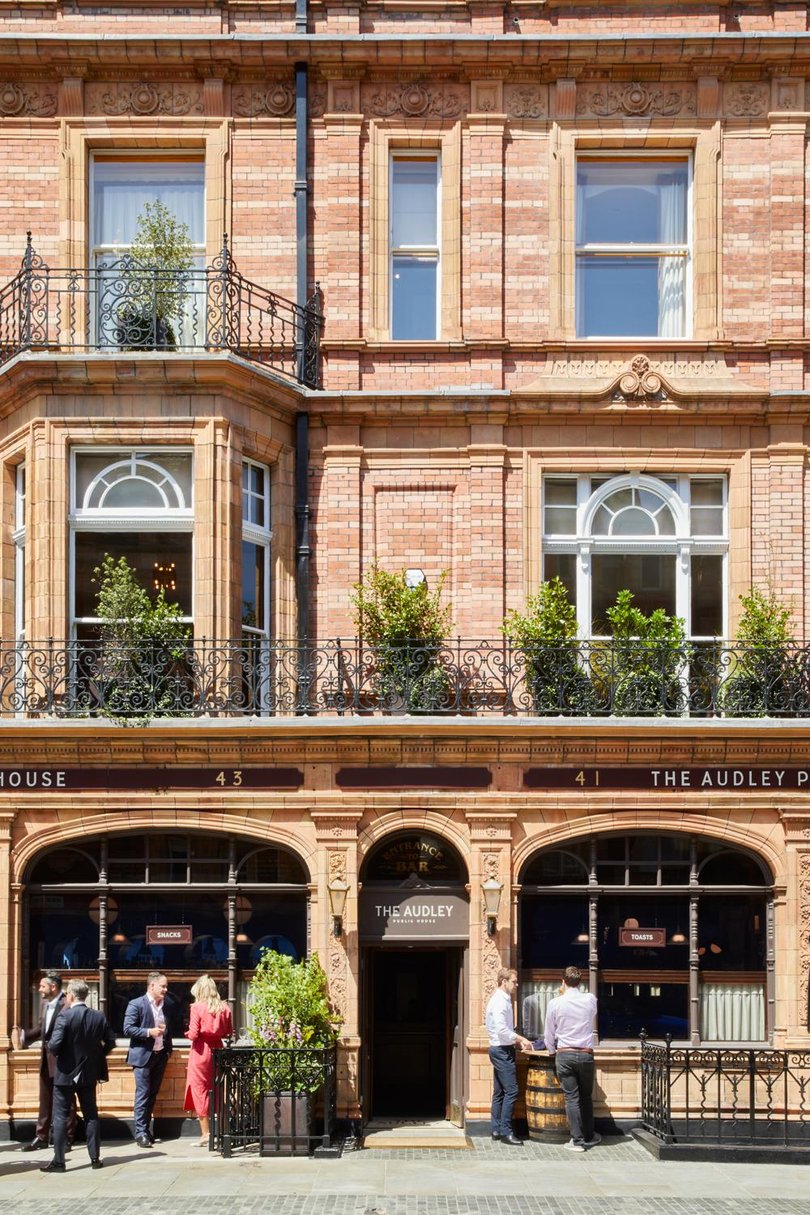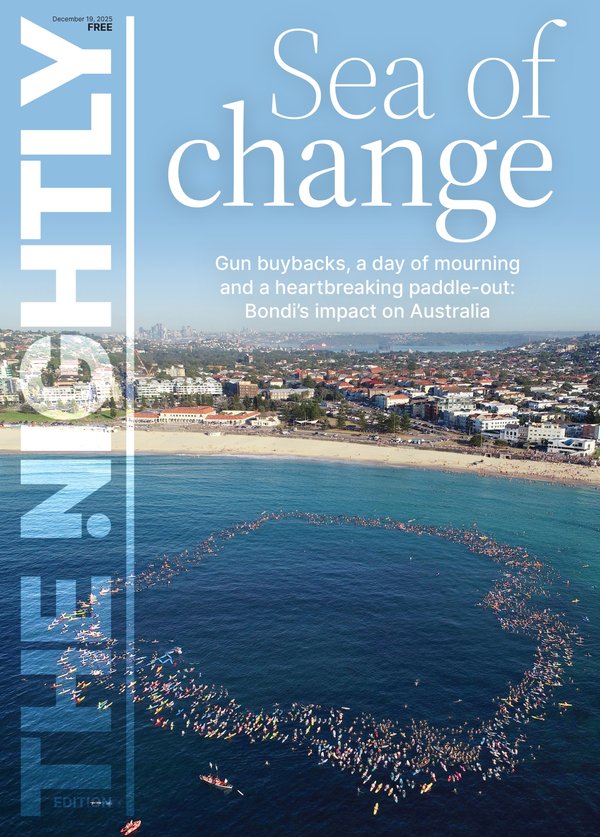London’s pub revolution: How sticky-floored dives became boutique hotels with Michelin-worthy menus

“A tavern chair,” Dr Samuel Johnson once said, “is the throne of human felicity.”
Teleport 18th-century London’s foremost man of letters to a threadbare bar stool in some sticky-floored dive in early-Noughties Soho and he may — especially with a stodgy microwaved lasagne the only other option — eat his words.
The English capital’s pub scene, though, after decades in the doldrums — the number of them declined from just over 4,835 in 2001 to around 3,500 by 2024 – is undergoing a wonderful renaissance.
Enter Notting Hill’s The Pelican today and — instead of world-weary decor, flat Stella Artois and pub grub befitting that exacting downbeat phrase — you might find yourself perched on a caramel‑brown leather banquette by a Grade II-listed fireplace, dithering over whether the Korean sesame‑fried chicken burger or its vegan beetroot red pepper alternative will go best with the house pinot.
ROAM. Landing in your inbox weekly.
A digital-first travel magazine. Premium itineraries and adventures, practical information and exclusive offers for the discerning traveller.
By continuing you agree to our Terms and Privacy Policy.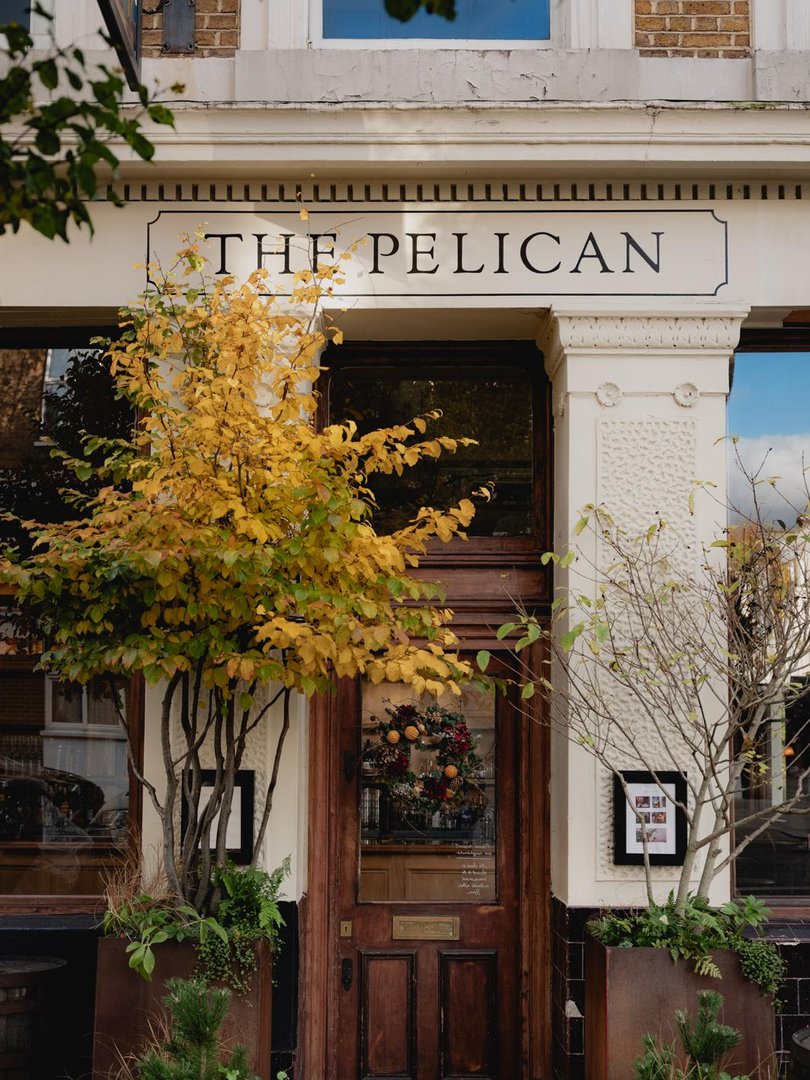
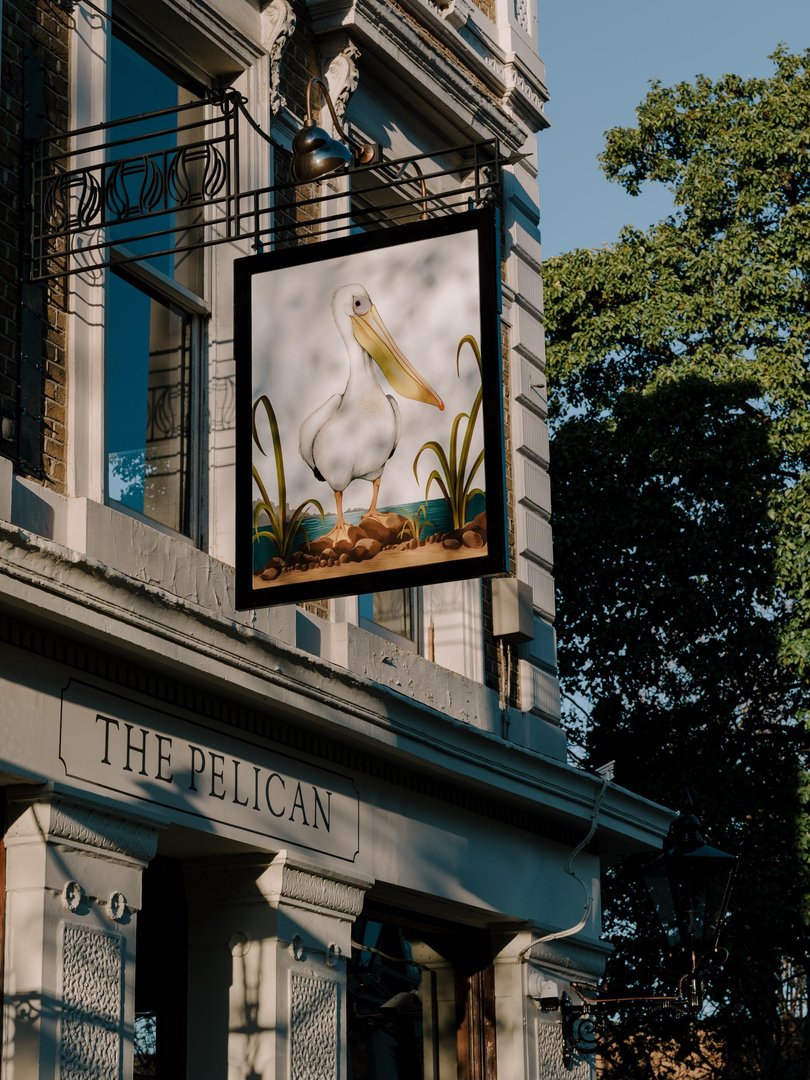
Across the way and patrons of the once humdrum Orange Pub in Pimlico might now wash down wood-fired pizzas and cuts from the Mediterranean charcuterie station with craft beers before repairing to sleeping quarters upstairs which were conceived by local design luminaire Georgie Pearman.
Pub classics with a Mediterranean twist are now on offer at eight-bedroom Marylebone “country pub” The Grazing Goat (which is owned, along with The Alfred Tennyson and The Coach Makers Arms nearby, by Cubitt House — a company co-founded by Australian-Italian brothers Gabriel and Marcello Bernardi).
Handcrafted pasta dishes, meanwhile, can now be slept off in rustic boutique bedrooms at The Old Farmhouse, Kentish Town.
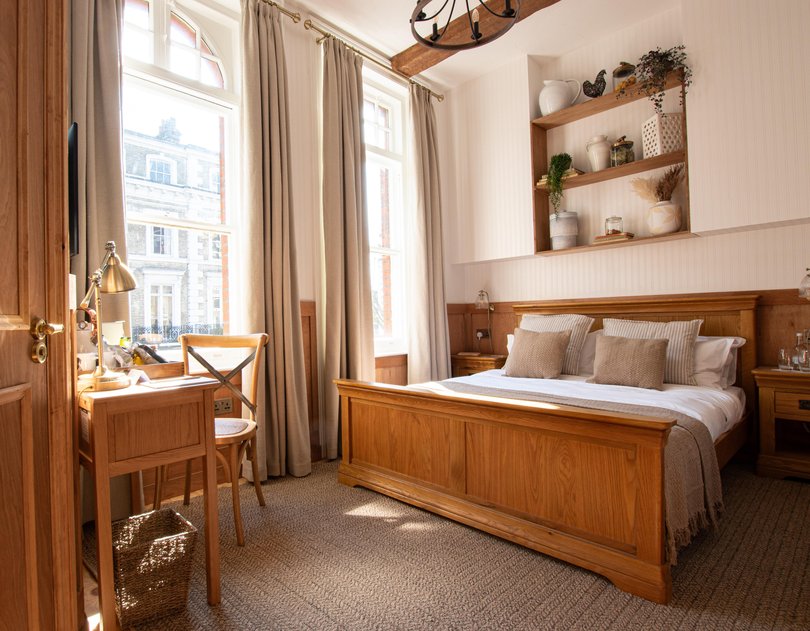
All over the capital, poorly kept beer, half-arsed culinary that’ll-do-ism and flea-bitten velvet opulence is making way for genuine hospitality excellence: and in many cases, when visiting these formerly Insta-phobic dives blossoming into hospitality gems, you can collect a room key at the bar along with your pint.
So what’s sparked the revolution?
“We — Phil Winser, James Gummer, and Olivier Van Themsche — came together during the pandemic, united by a shared love of pubs and a desire to build something meaningful and enduring,” the founders of Public House Group (owner of The Hart, The Pelican, The Hero and The Fat Badger) tell ROAM.
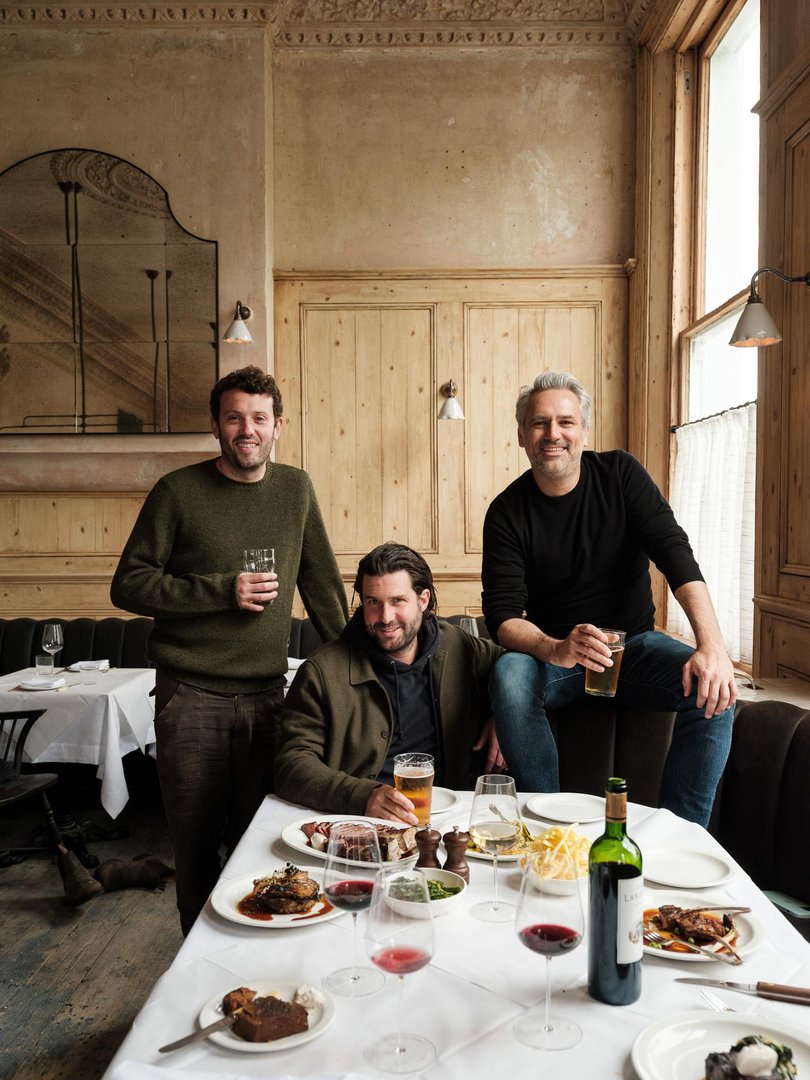
“We wanted to create neighbourhood pubs that balance warmth, quality and purpose with each site rooted in strong community ties, produce-driven food, and a belief that pubs are essential cultural spaces. We treat pubs like social clubs without the membership — living rooms for the neighbourhood.”
Straight-forward Darwinism — adapt or die — is another part of equation, according to Oliver Etridge, operations director at First Restaurant Group, whose establishments include the aforementioned Old Farmhouse, plus The One Tun, The Clerkenwell Pub and The Yorkshire Grey.
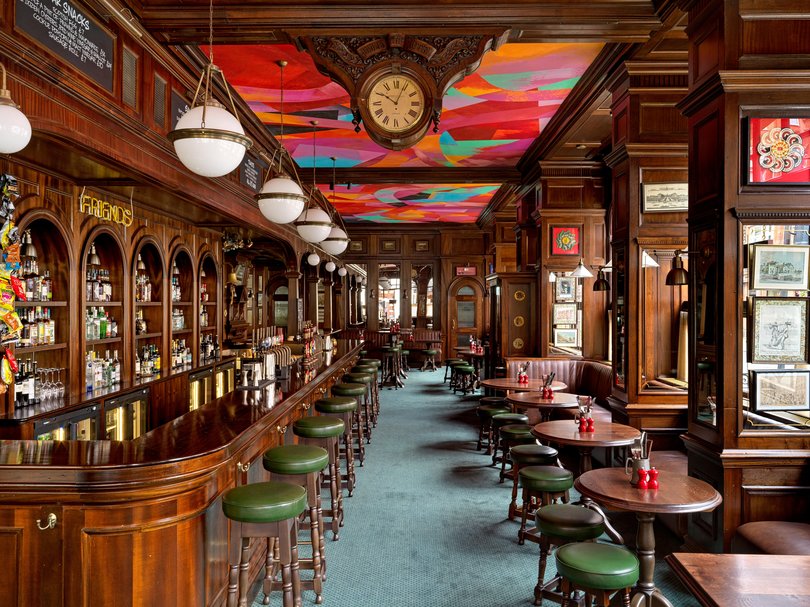
“Running a pub in central London is hard, because of the headwinds we all know about,” he says, “so having bedroom income really helps you operate the pub properly.”
Etridge’s sentiments make sense — after all, modern travellers in search of authentic experiences (and a recent study by visitbritain.org put Australian visitors firmly in this category) would surely choose a well-appointed room above an ancient hostelry in Kentish Town or Notting Hill over a starchy-and-sterile five-star chain hotel in Mayfair, especially when premium fodder is also on offer.
Which, in London’s new guild of premium boozers, it is. In abundance.
Yes, a country once associated with the stodgy, bland legacy of wartime rationing now has a burgeoning culinary scene brimming with innovation, diversity and energy, and establishments like Maida Vale’s The Hero are spearheading the next phase of the British culinary renaissance.
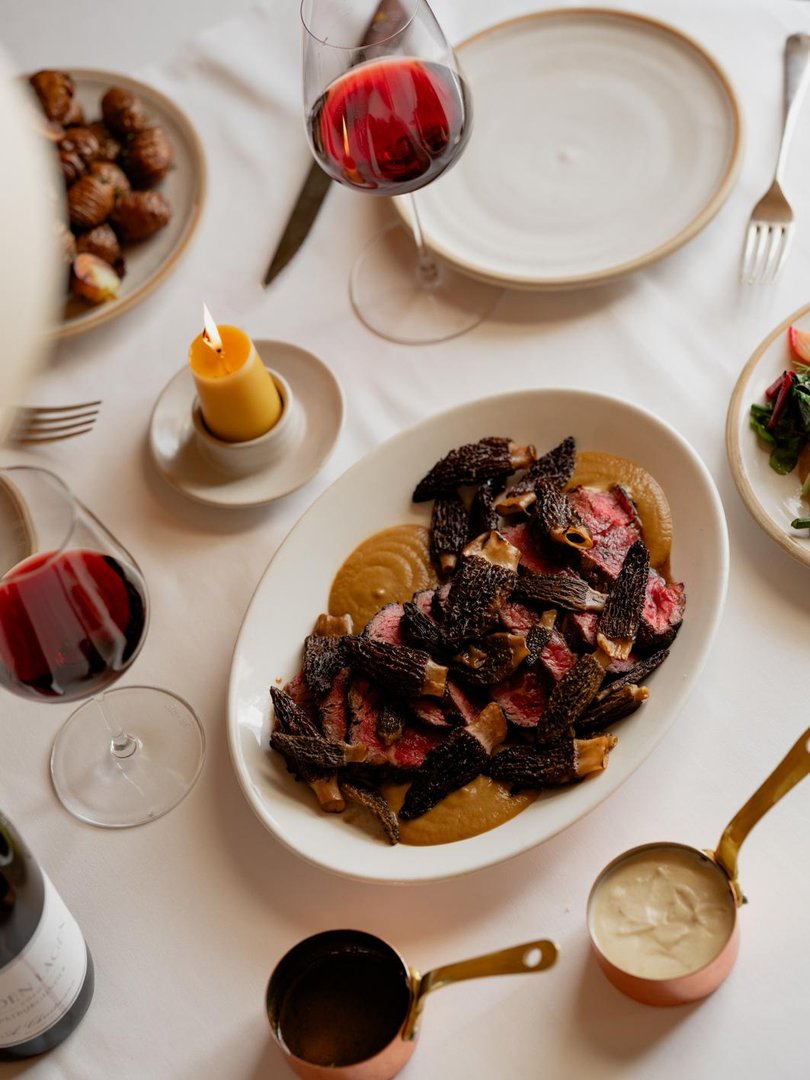
Forget the foam and fussiness of the “gastropub” era — here, we’re talking sophisticated sustenance of the fine dining variety upstairs (think beef tartare on a hash brown, and sweetbreads in lobster gravy) and highbrow takes on comfort dishes like ham, egg and chips or sausage and mash at ground level.
Whilst all this is fantastic for tourists, Londoners are also embracing licensed premises’ newfound brio with gusto. And why wouldn’t they?
The phrase “the pub”, in British English, doesn’t just mean “nearest licensed premises”. Like “the church”, it’s a metonym for something bigger, far more culturally significant.
Indeed, James Blunt and James May — celebrity London pub rescuers, along with David Beckham, Ian McKellen, Ed Sheeran and Idris Elba — have both stated that they overhauled local establishments simply so they’d still have one to visit.
Dr Johnson, no doubt, would raise a flagon of mead in approval.
Five more London pubs elevating a sacred British institution
The Hart, Marylebone
Another gem from the trio of entrepreneurs behind The Pelican, The Hero and the Fat Badger (childhood-buddies James Gummer and Phil Winser, along with French hospitality veteran Olivier van Themsche). Here, they’ve enlisted designer Leticia Blakiston Houston to create rustic-chic interiors (think stained-glass windows, bespoke joinery and reclaimed wood panelling) in which patrons enjoy farm-to-table takes on classic pub fare and British beers. Many of them — in defiance of the old cliché — are even cold and carbonated: check out Allsopp’s IPA if calling by.
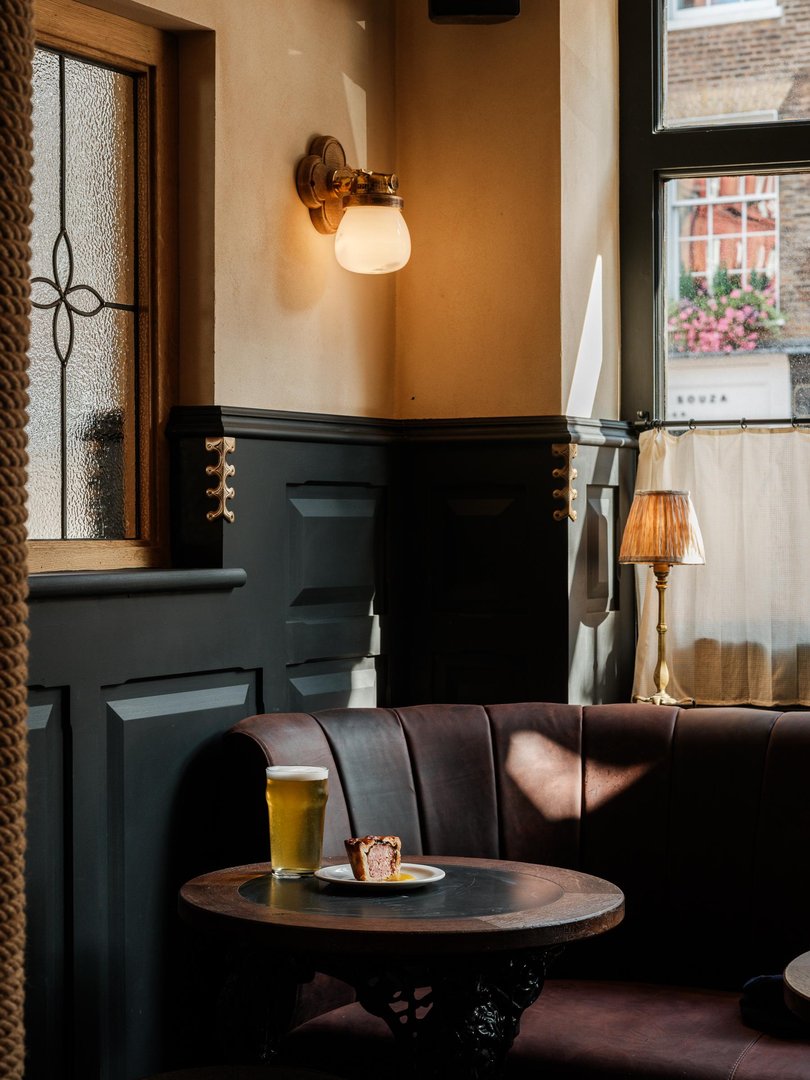
The Brown Dog, Barnes
Tucked away in the toffee-box back streets of Barnes, south-west London, The Brown Dog, a boozer since 1898, was purchased by George Glasgow Jr (CEO of London shoemaker George Cleverley), Formula 1 legend David Coulthard and other investors in late 2023. A light-drenched yet cosy interior, partnerships with Billecart-Salmon Champagne and Coulthard’s excellent Blue Coast Brewing beer make a visit — preferably for a lazy, locally sourced Sunday roast — well worth the seven-mile trek from London’s dead centre.
The Fat Badger, Notting Hill
Our friends Gummer, Winser and van Themsche again. Opening earlier this year, this noted celeb hangout (Margot Robbie, Eddie Redmayne and Stanley Tucci have all been spotted) is perched above its sister restaurant, Canteen. Expect no-nonsense, set menu dining of a trad-Brit variety (think beef fillet with morels, pork jowl, seared scallops and shamelessly calorific puddings), served up in an aura reminiscent of a whimsically, and very expensively, spruced up French farmhouse.
The Bull & Last, Highgate
Since a 2018 renovation to one of North London’s most celebrated watering holes, rare expressions on a Euro-centric wine list have been delighting oenophiles, while local craft beers include the jauntily named ‘So Solid Brew’. If staying at one of the seven guestrooms — which doff their cap to the interior aesthetics of nearby stately home Kenwood House — during summer, make sure you take a hamper for two (think roast beef with truffle mayonnaise sandwiches) for a walk on Hampstead Heath.
The Audley Public House, Mayfair
In 2022, art world darlings Iwan and Manuela Wirt relaunched this former gin palace, with an interiors refresh that polished while preserving the space’s previous character. Until you look up, that is, and behold the psychedelic ceiling mosaic by Phyllida Barlow (there are also originals by Andy Warhol, Henri Matisse and Lucien Freud in the dining area upstairs). Four years on, this remains go-to hostelry for art lovers to wash down decadent takes on the traditional Sunday roast with beers from Battersea’s Sambrook’s Brewery.
